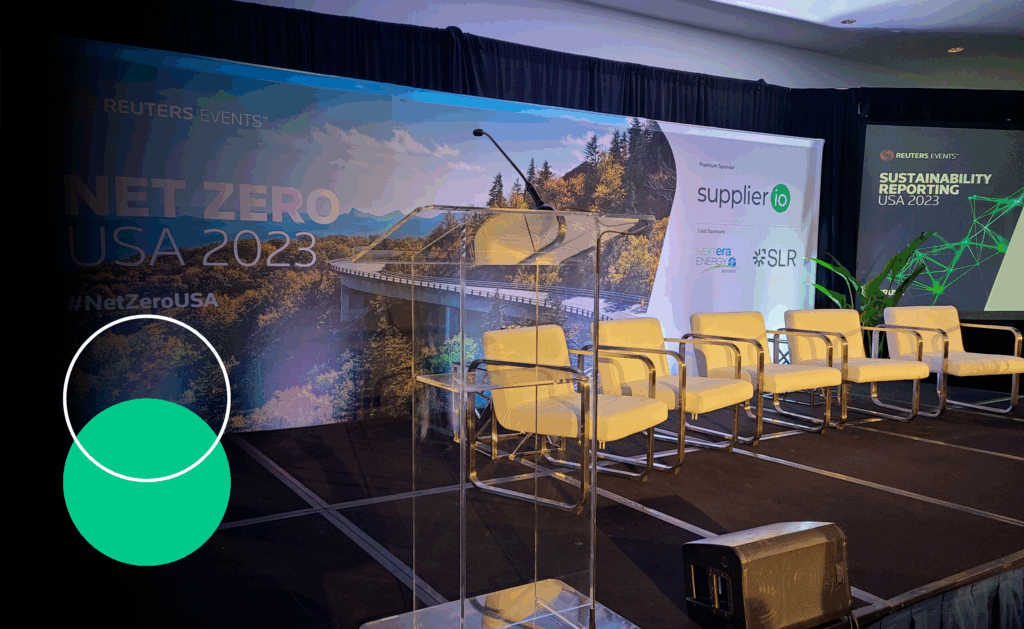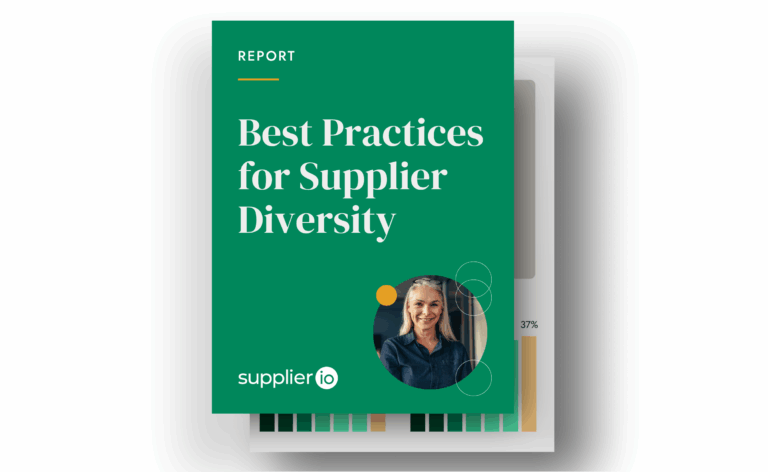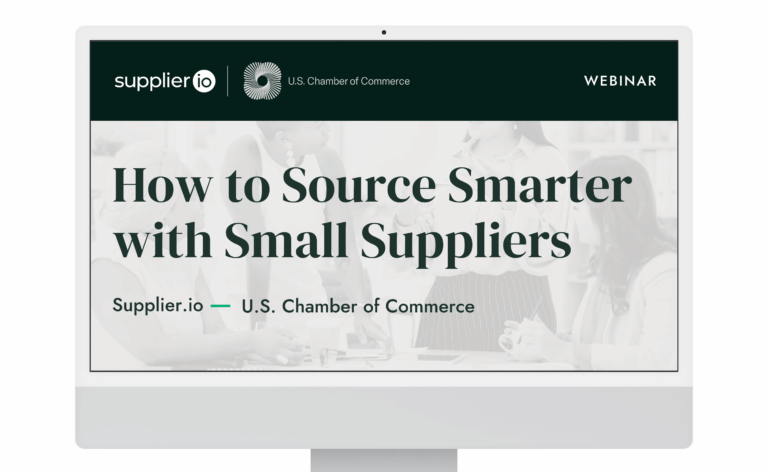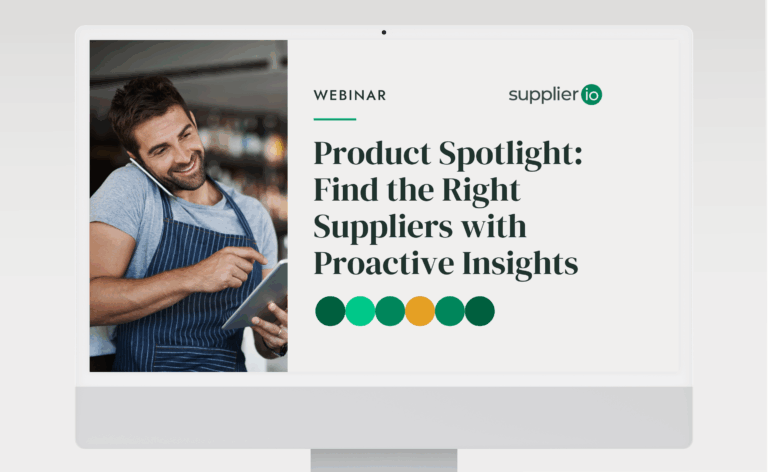3 Takeaways from Net Zero USA 2023
ESG leaders gathered to discuss the challenges, opportunities, and strategies for more sustainable operations and how we can reach net zero commitments in the coming years.

Supplier.io joined hundreds of ESG leaders in New York City for the Reuters sustainability event Decarbonizing Corporate America. Sustainability officers and ESG leaders from CVS Health, UPS, Walmart, L’Oreal, McCormick, HanesBrands, and other companies gathered to discuss challenges and corporate strategies for reaching net zero commitments in the coming years.
From all the panels and presentations, three key themes emerged.
Data is critical.
Every presenter, including Supplier.io’s Aylin Basom, touched on data’s importance. With every new regulation, there’s a greater need for data to be “investor grade.” Simply put: Data should hold up under scrutiny as more investors, consumers, and regulators use it to make investment decisions.
In the past, companies have reported inaccurate or exaggerated ESG metrics (aka “green washing”), which has taken a toll on the industry and its reputation. Because ESG is essential to investing and purchasing today, organizations need reliable ESG data that can withstand the same auditing rigor of metrics like revenue, costs, and assets.
One panelist pointed out how sustainability is already a critical business issue. For example, home insurance rates have either increased dramatically or become unavailable in coastal communities or areas with a high wildfire risk. And as the environment affects businesses more every year, sustainability data’s importance will keep increasing as a driver of financial and business impact.
One of the most important and elusive data points is Scope 3 Greenhouse Gas (GHG) emissions. Many leaders reported that it accounts for 90% of their total GHG emissions. With such a massive impact, getting that particular data point correct is essential.
More environmental disclosure regulations are coming.
The conference served up a healthy portion of alphabet soup, with CSRD, CSDDD, ISSB, ICSR, and more discussed at every opportunity. But why do they matter?
More regulations are on the way, both in Europe and in the US. All panelists agreed that future regulations will require more disclosure and increased transparency and visibility into supply chains.
The general consensus was that the SEC regulations will likely take a long time thanks to legal hurdles, while the EU’s regulations will be altered as they progress over the next year or so. Regardless of location, there will be more disclosure requirements going forward.
Most corporate ESG leaders welcome these regulations because they lead to more clarity. Companies already share their ESG status voluntarily as they work toward net zero pledges, even without being required to do so. But why?
It’s because ESG programs help the bottom line. Most sustainability leaders report directly to their CEO, showing them how ESG saves the company money, drives new innovations, and positively impacts brands.
Leaders aren’t slowing down. They see regulations as a necessary step toward added clarity. A uniform ESG reporting standard, like what you find in financial accounting, could provide a more level playing field and guidance for leaders and investors who use ESG data to make company decisions.
Don’t be perfect. Act.
If regulations are unclear and data is hard to come by, what can companies do to support their ESG goals and initiatives? The panelists’ consensus: Keep moving forward. Use what you have today to make decisions while at the same time working to improve data and reporting.
One example: Everyone agrees that getting accurate Scope 3 emission data from supply chains is difficult. “It’s a pain in the ass,” one panelist said. But that shouldn’t stop a company’s ESG initiatives.
Organizations can analyze their spend data to estimate the likely Scope 3 Greenhouse Gases emitted by suppliers. Is the data accurate? Probably not, but it’s directional and can be used to drive action and improvements.
Using the spend method to estimate GHGs has a few issues. A dollar spent on the same product from two different suppliers would be measured the same, whether or not one of them had a more sustainable operation. The spend method also doesn’t account for price fluctuation. Higher and lower prices may imply higher and lower levels of GHGs.
While the spend method has its problems, it’s also an easy way to get going. It lets you quickly identify suppliers that are likely the biggest contributors to your Scope 3 GHG emissions, so you can start working with them on a long-term improvement plan.
You can identify spending categories that might drive higher GHGs and search for new suppliers that could mitigate impact. These are simple steps any organization can take today as they work to get more accurate insights into their supply chain.
All panelists agreed that now is the time for action. Markets are using ESG data to make decisions, and those decisions are already driving value for businesses. And since more regulations are on the way, don’t wait. Take action now.




